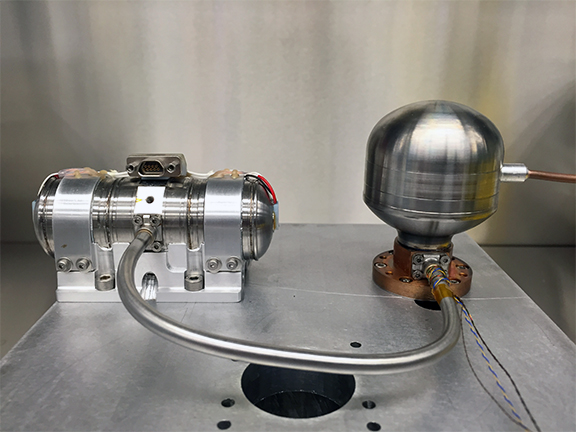
[SatNews] Lockheed Martin (NYSE: LMT) scientists are packing three times the power density into a key satellite cooling system whose previous design is already the lightest in its class.
This project continues the company’s effort to reduce component size, enabling compact, higher-power spacecraft payloads and smaller sensor platforms back on Earth. Highly sophisticated electronics like satellite sensors and cameras need to be cooled to detect what they’re designed to capture, even to temperatures as low as -320 F (-195 C). Smaller cryocoolers mean more affordable satellites and launches, and they have applications on Earth, too. With higher power, this microcryocooler enables larger, more sensitive IR sensors, which is especially useful for very high-resolution images. Despite its increased capability, the component’s power efficiency rating is roughly the same as lower-power coolers.

The High Power Microcryocooler is a high-reliability system designed for continuous operation over a lifespan in excess of 10 years and is the industry’s highest power density cryocooling system. It delivers more than 150 watts per kilogram, a significant advancement from the 30-60 watts per kilogram rating most space-rated cryocoolers deliver. It also weighs less than a pound, which is less than half the weight of similar cooling systems.
Executive Comment
“The High Power Microcryocooler is making a large impact for small products,” said Dr. Jeffrey Olson, a research scientist at Lockheed Martin’s Advanced Technology Center. “Our previous design was a revolution in size, and now we’re taking it further and packing it with increased power. This will make a difference for technology in space, on naval ships and aboard aircraft.”

